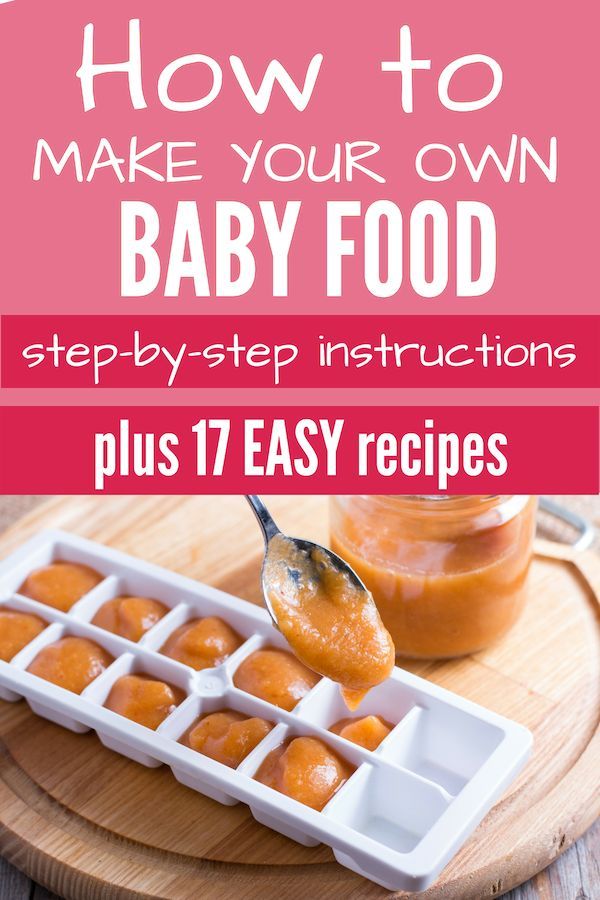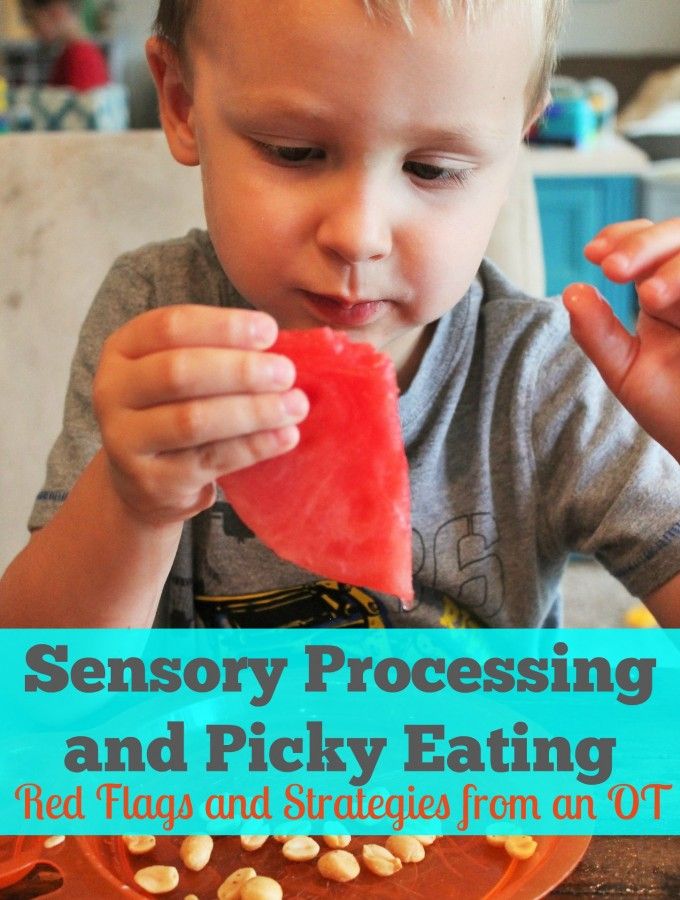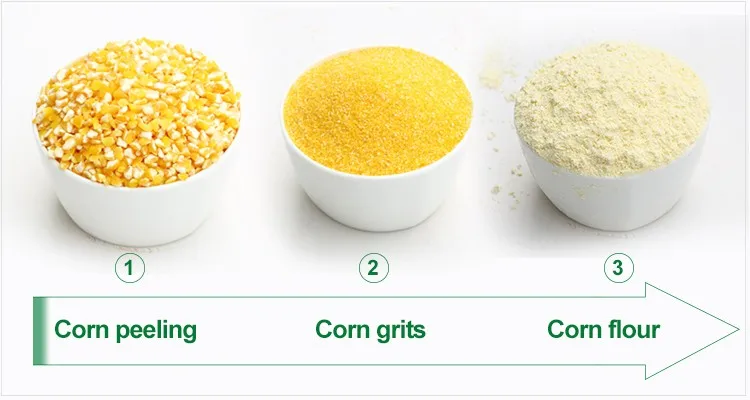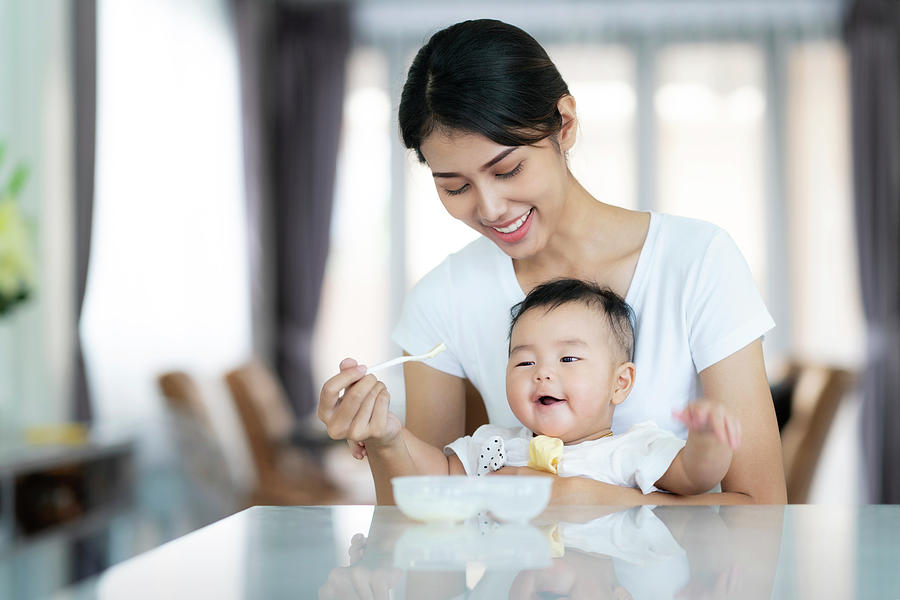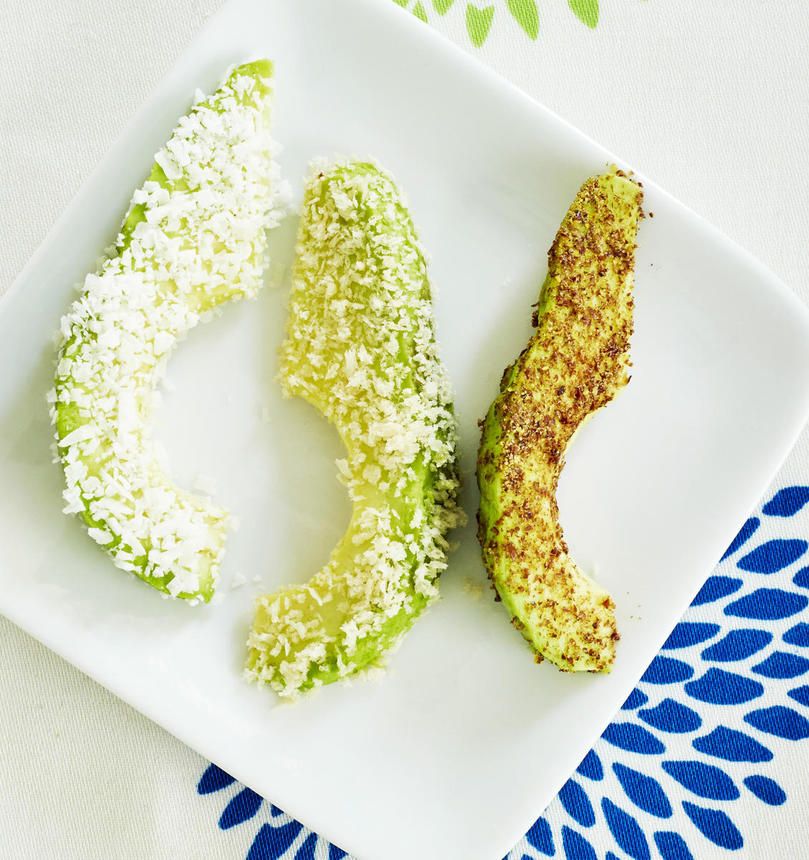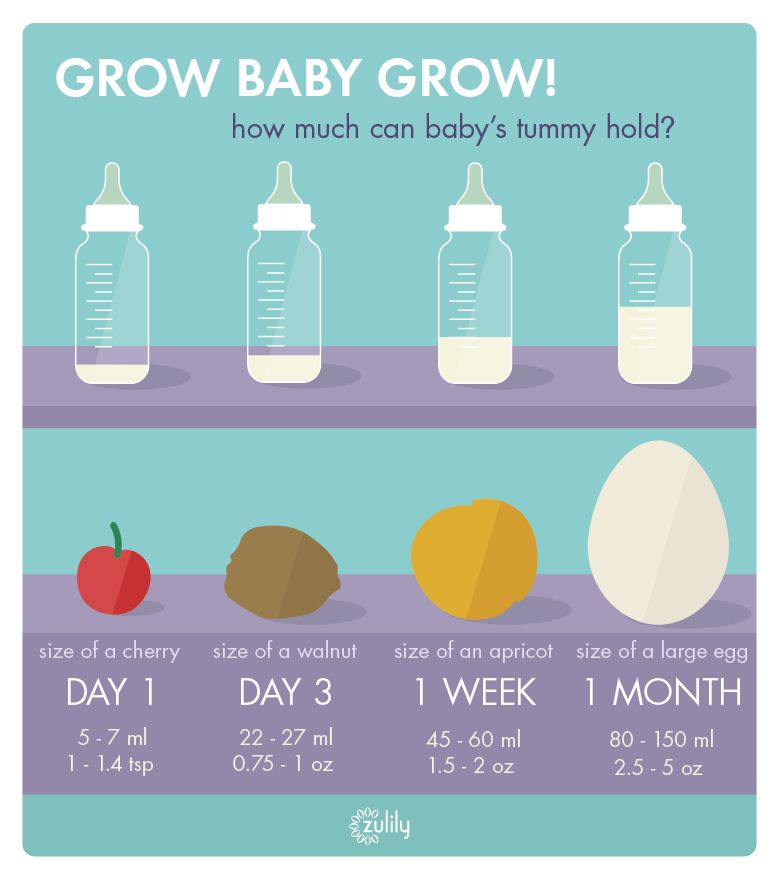How long is pureed baby food good for
How Long Does Homemade Baby Food Last?
As your little one grows and develops, they will continue to reach new milestones along the way. One of the most memorable (and messy!) experiences you will have with your new baby is their introduction to baby food! Many parents prefer to make their child’s baby food at home, as opposed to purchasing pureed foods in-store.
Although the possibility may seem daunting, it can actually be quick and easy! Making homemade baby food also has tremendous benefits for your little one (and you)! Not only will your baby benefit from more variety and textures, fresh tasting food, and more nutrition, but you’ll be able to have more control over what your baby is eating and can easily keep track of the ratio of fruits and veggies their having.
Shopping trips are reduced, and buying fresh fruits and veggies in bulk to make your own baby food can produce more ounces of fresh purees than store-bought baby food jars can offer. However, without a printed expiration date on a jar, it is important to pay attention to how long homemade baby food lasts! Here are some guidelines for keeping your little one’s purees safe and fresh:
Refrigerated - 48 HoursIf you are storing your homemade baby food in the refrigerator, freshly made baby food will last in the fridge up to 48 hours. However, if you store purees in individual containers for quick, single-use servings, this storage method can be a convenient option (as it will eliminate the need for defrosting or any other extra steps).
Be sure to write the date on the containers, to ensure that they are being thrown out after the 48-hour window closes! If you do not plan to freeze your homemade baby food, we would suggest that you make the puree on a day to day, or every other day, basis. Also, never feed your baby directly from the original storage container and then re-store. Saliva and other bacteria can contaminate the food if you do so.
Frozen - 3 -6 MonthsFor optimal quality and nutrient retention, it is suggested to keep homemade baby food in the freezer for a maximum of 3 months. However, it is still safe for your baby to eat for up to 6 months. The ideal way to freeze homemade baby food is by using the Infantino Squeeze Station™.
The Squeeze Station makes the task of making homemade baby food even easier by offering an easy container for immediate use, or storage for later in the fridge or freezer.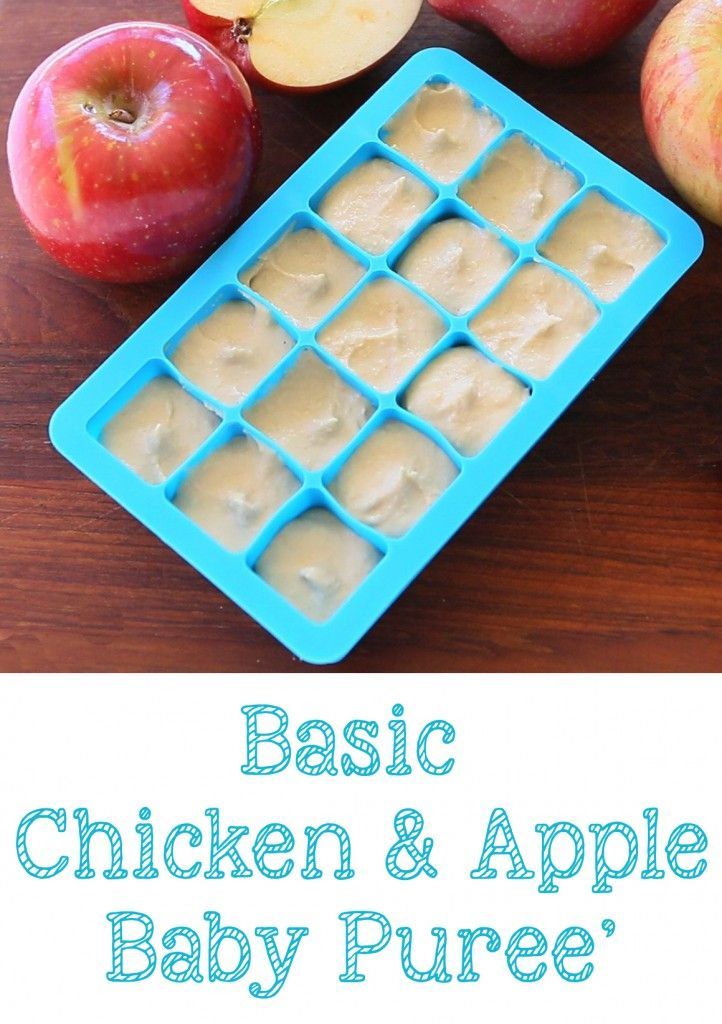 Convenience is key when you’re a mom on-the-go and the Squeeze Station is the perfect tool to help with all of your baby food needs.
Convenience is key when you’re a mom on-the-go and the Squeeze Station is the perfect tool to help with all of your baby food needs.
Another way to store frozen baby food is to put your homemade baby food in ice cube trays covered in plastic wrap, and then pop them out into freezer Ziploc bags once frozen. Be sure to label with the type of food and the date it was made. This method can help to keep track of portioning because every ice cube sized frozen baby food puree is approximately one ounce, which helps you measure how much food your baby is actually eating! You can also defrost one cube at a time, which creates less waste than traditional baby-feeding methods.
Whether you choose to refrigerate or freeze your homemade purees, you may find it convenient to make your own baby food pouches and our Squeeze Station can help with just that. Homemade baby food pouches can be stored in the fridge or the freezer, and they follow the shelf life and freshness guidelines as homemade baby food that is stored in other containers.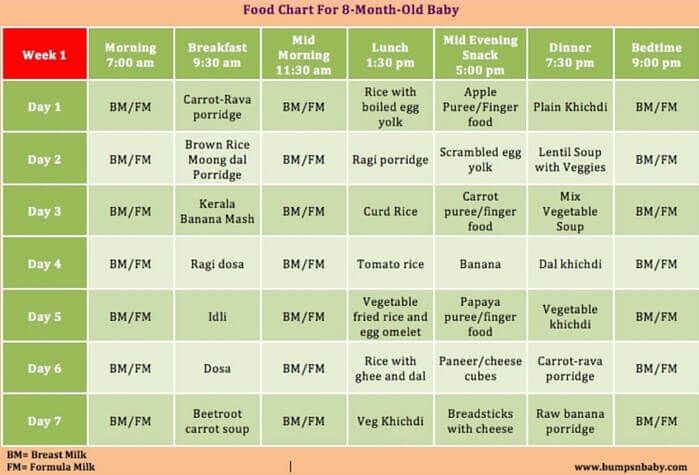 If baby food pouches seem like the best option for your family, whether at home or on-the-go, Infantino has some great products that can help!
If baby food pouches seem like the best option for your family, whether at home or on-the-go, Infantino has some great products that can help!
You can make and store your own convenient food pouches with the Infantino Squeeze Station. It's quick and easy! Just pour in the purée and press down to fill. The non-skid base stays secure on your counter, and the soft press ensures a stable grip. Plus, the station is dishwasher safe, so clean up is simple! The Squeeze Station is perfect for homemade baby food and smoothies, as well as store-bought applesauce, yogurt, and purées. Your little one can enjoy the pouches right away, or you can store them in the refrigerator or freezer for later. These are perfect for making on-the-go feeding a breeze! The Squeeze Station also includes 10 Squeeze Pouches™.
50-Pack Squeeze Pouches™You can also purchase more squeeze pouches in packs of 50! Use the Fresh Squeezed® refill pack of pouches with the Squeeze Station™ to create homemade food pouches.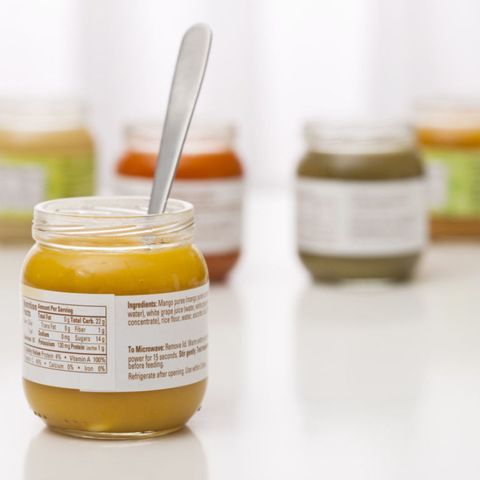 The pack includes 50 food-safe, disposable pouches, and 50 kid-safe caps. Each pouch holds up to 4 ounces of food and features a clear window to see the food inside. The rear window also has a space to write dates, name, and the food type. All of the pouches are freezer safe and BPA, PVC, and phthalate free!
The pack includes 50 food-safe, disposable pouches, and 50 kid-safe caps. Each pouch holds up to 4 ounces of food and features a clear window to see the food inside. The rear window also has a space to write dates, name, and the food type. All of the pouches are freezer safe and BPA, PVC, and phthalate free!
This environmentally friendly, reusable food pouch can also be used with homemade purees, smoothies, applesauce, yogurt and more. Use the screw top to pour in your child’s favorite snack. Perfect for The secure, screw top prevents leaks and messes. Plus, the Reusable Squeeze Pouch includes a handy clip for attaching to bags and strollers. This silicone pouch is easy to clean, dishwasher safe and BPA, PVC, and phthalate free.
We hope that these freshness guidelines will help you along your homemade baby food journey, keeping your little ones healthy, happy, and safe!
Storing Baby Food | Happy Baby Organics
Read time: 6 minutes
How to store homemade baby food and store-bought pureed foods
How to thaw and re-heat pureed baby food
How to help prevent bacterial contamination of baby foods
Whether you buy baby food at the market or make it from scratch, it’s important to know how to store, prepare, and reheat your baby’s food correctly and safely.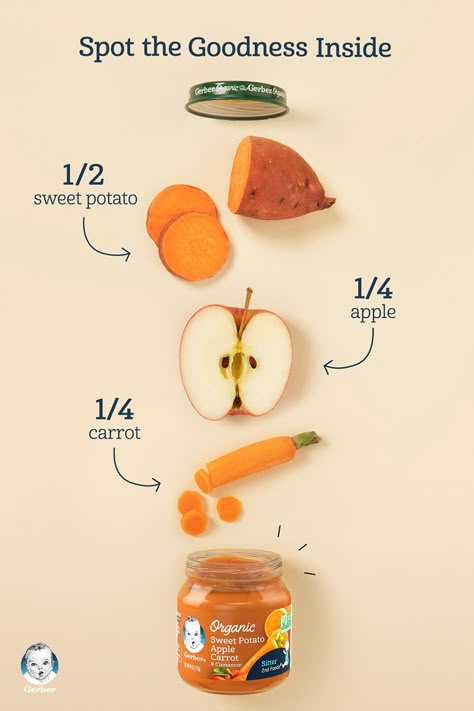
Store-bought baby food usually comes in a glass jar, plastic container, or pouch and usually does not require refrigeration or freezing before opening. These foods are manufactured to be shelf-stable, like any other pantry item (think beans, soups, or condiments). They can typically stay fresh on the shelf for 1 to 2 years, but always check expiration dates carefully.1
Baby food storage guidelinesPureed store-bought baby vegetables and fruits can stay in the refrigerator for up to 48 to 72 hours and in the freezer for 6 to 8 months.
Pureed store-bought meat, poultry, or fish can be refrigerated for 24 hours after cooking and frozen for 1 to 2 months.
Homemade baby foods will keep for 24 to 48 hours in the refrigerator and for 1 to 2 months in the freezer.2
Be sure to refrigerate freshly cooked baby food within two hours as bacteria will start to grow at room temperature after those two hours are up.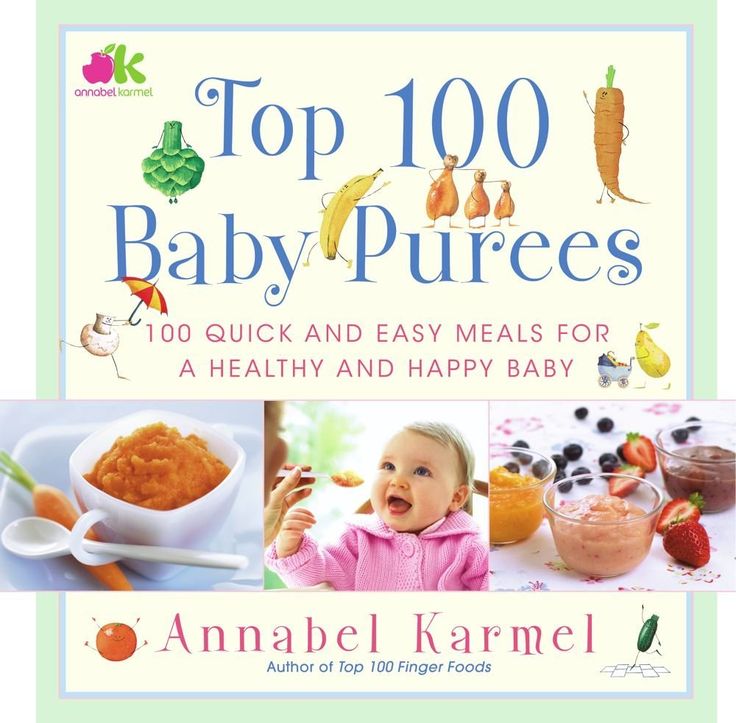 Note that your refrigerator should be kept at, or below, 40 degrees F. Any warmer and illness-causing bacteria can thrive and quickly multiply.3
Note that your refrigerator should be kept at, or below, 40 degrees F. Any warmer and illness-causing bacteria can thrive and quickly multiply.3
Want some tips on feeding your little one or on making baby food? The Happy Baby Experts are infant feeding specialists and here to help (for free!) with questions about starting solids and picky eating, as well as formula and breastfeeding. Chat now!
Can I feed baby directly from the jar or pouch?If you feed your little one directly from the jar or pouch, all leftovers must be thrown out after the meal. Saliva from baby’s mouth gets back into the jar or pouch via the spoon, this introduces bacteria that can quickly multiply and contaminate the food.
If you know baby won’t finish it all, spoon a serving in a separate bowl and feed from that. Then you can refrigerate the jar or pouch of remaining food for an upcoming meal!4
Read more: How Can I Make my own Pureed Baby Food?
How to warm refrigerated or shelf-stable foods and thaw frozen foods:Microwave: Warm up store-bought food directly in its glass jar or transfer the food – including previously frozen purees – into a separate glass bowl (never heat up pureed food in a plastic container or pouch).
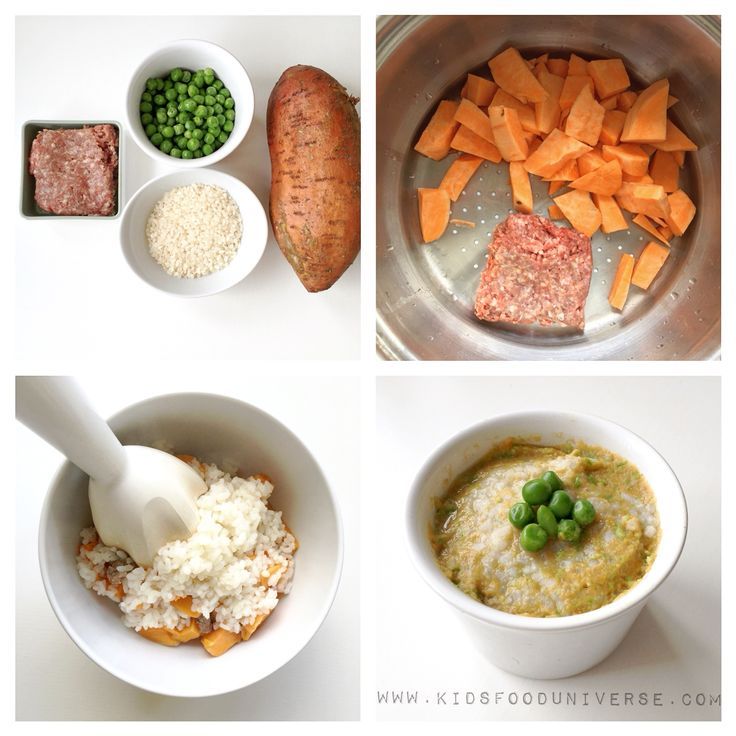 Reduce the microwave to 50% power (or use the defrost feature) and then warm the puree in 15 second increments.4 Check and stir the food thoroughly each time to ensure even heating and to eliminate any heat pockets that may burn your baby’s mouth.
Reduce the microwave to 50% power (or use the defrost feature) and then warm the puree in 15 second increments.4 Check and stir the food thoroughly each time to ensure even heating and to eliminate any heat pockets that may burn your baby’s mouth.Stovetop: Warm your baby’s store-bought food or thaw frozen baby food on the stovetop by placing the food in a small saucepan and warming on low heat until the puree is the same consistency and no longer frozen. To preserve the nutrients, heat only as much as is necessary.
Submersion Method: Thaw frozen baby food by placing the pureed cubes in a plastic bag and then inside a bowl filled with hot or warm water. This method allows for even warming but does take a little longer – figure about 10-20 minutes for the food to thaw fully. 5 Many parents also use the submersion method to thaw frozen breastmilk.
Refrigerator: Thaw frozen baby food simply by transferring it to the refrigerator.
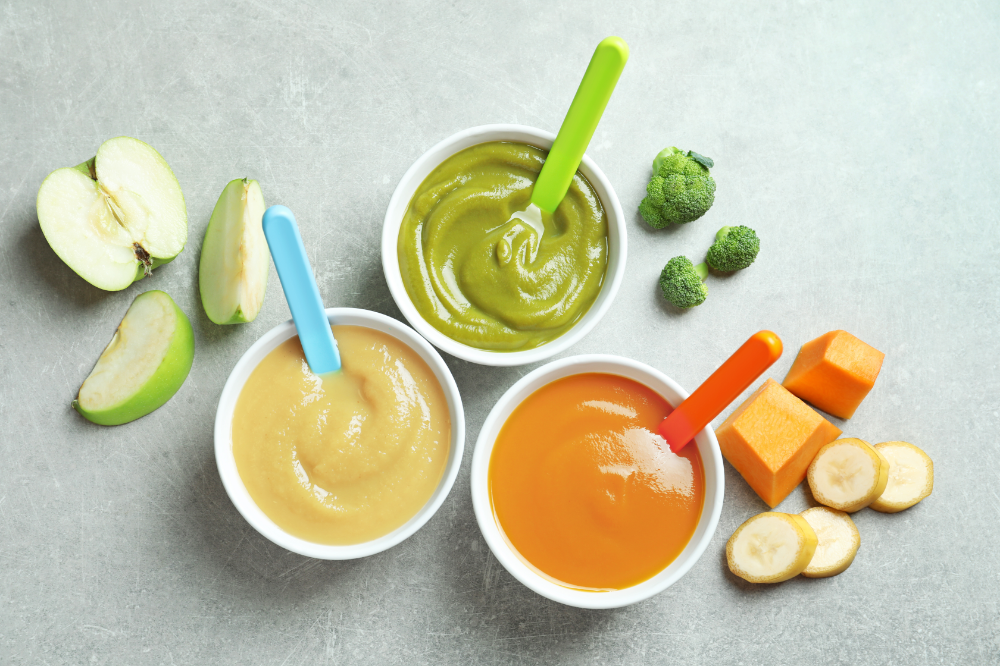 5 This process will take 4-12 hours so plan ahead (transferring the food the night before it’s needed to allow thawing overnight is a good rule of thumb). Homemade frozen baby food that’s been thawed can safely stay in the refrigerator for up to 48 hours. Be sure to keep thawed baby food in a sealed container to avoid contamination.
5 This process will take 4-12 hours so plan ahead (transferring the food the night before it’s needed to allow thawing overnight is a good rule of thumb). Homemade frozen baby food that’s been thawed can safely stay in the refrigerator for up to 48 hours. Be sure to keep thawed baby food in a sealed container to avoid contamination.DO NOT let baby food thaw for long periods of time on the counter at room temperature. This will allow bacteria to grow.5
Sanitize or thoroughly clean standard ice cube trays before spooning the puree directly into each cubed section. You could also cover a cookie sheet with parchment or wax paper and spoon small ‘mounds’ of puree onto the sheet to freeze.
Cover the tray with plastic wrap and place into the freezer.
Once the cubes or ‘mounds’ are solidly frozen, pop them out and store them in plastic freezer bags.

Label the bags with the type of baby food as well as the date. This allows you to use it before it expires. (Remember: store-bought fruits and veggies can be frozen for 6 to 8 months, while meats, poultry, and all home-made baby food can be frozen for 1 to 2 months).
When your baby is ready to eat, grab an individual portion of the cubes you want to use and thaw!
Ice cube trays are not only convenient, they are also incredibly helpful in portioning out homemade baby food. The cubes are roughly one ounce each, so you can easily measure the amount of food your baby is eating and thaw small portions at a time to reduce waste.
Do not freeze food in glass containersGlass baby food jars (or any glass container) are not meant to be frozen. Frozen glass can burst or cause tiny fractures in the glass leaving behind microscopic shards that you may never see.Freeze baby food in safe “ok to freeze” plastic containers instead.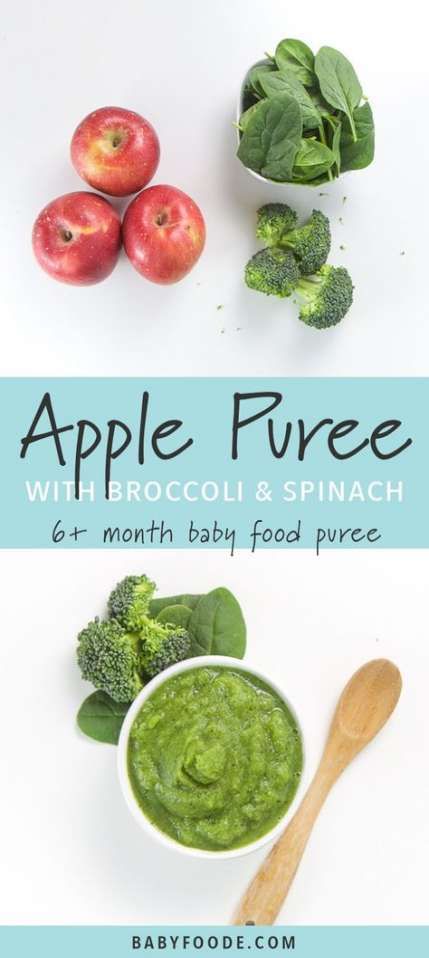
For best results, frozen foods should remain at a constant sub-zero temperature. A deep freezer is better equipped to handle this temperature control as opposed to your regular freezer, which may fluctuate with you opening and closing the door often.
Throw away leftover food that’s already been reheatedYou cannot reheat (or re-freeze) baby food more than once, so once you’ve thawed a frozen puree, toss any leftovers. This rule also applies to breastmilk. So if you’re using breastmilk to thin out your homemade baby food purees, add the milk while it’s fresh!
Read more: Safe Storage of Pumped Breastmilk
You can also use formula to thin a puree. Do not freeze formula in its original can or bottle, but once mixed into a puree it’s ok to freeze. Freezing formula causes a separation of the fats from the liquid, which may negatively impact the texture and quality.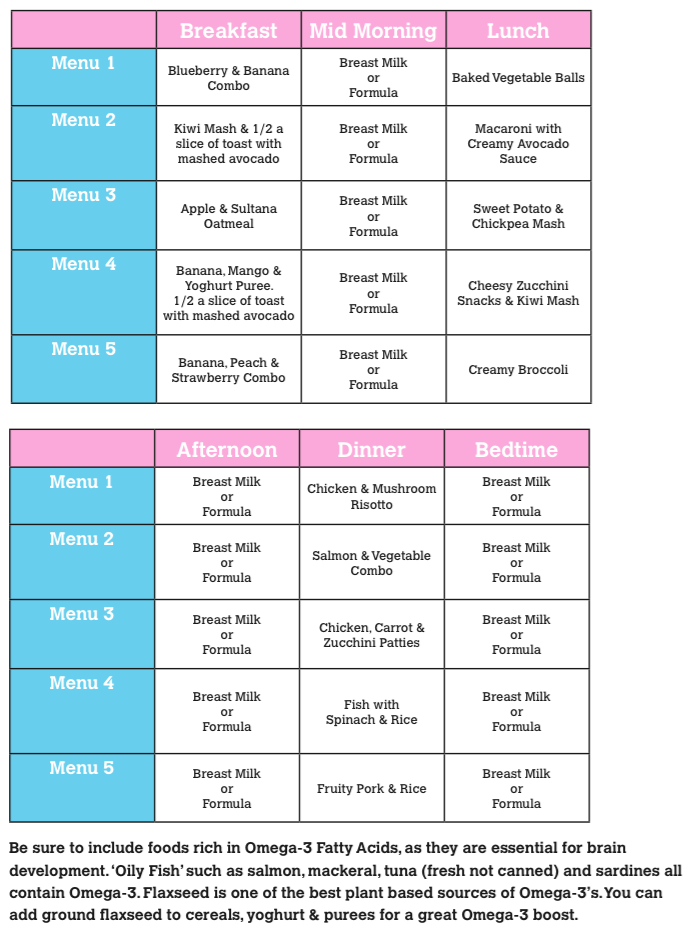 6
6
We know parenting often means sleepless nights, stressful days, and countless questions and confusion, and we want to support you in your feeding journey and beyond.
Our Happy Baby Experts are a team of lactation consultants and registered dietitian nutritionists certified in infant and maternal nutrition – and they’re all moms, too, which means they’ve been there and seen that. They’re here to help on our free, live chat platform Monday through Friday, from 8am–6pm ET. Chat Now!
Read more about the experts that help write our content!
For more on this topic check out the following articles
How do I Choose Store Bought Baby Food?
Food Safety for Babies and Toddlers
Everything You Need to Know About How to Prepare and Store Infant Formula
Avoid Giving Your Child Too Much Sugar And Salt
How much and where to store baby food in jars?
Some manufacturers write detailed storage guidelines for sealed and unopened baby food right on the label.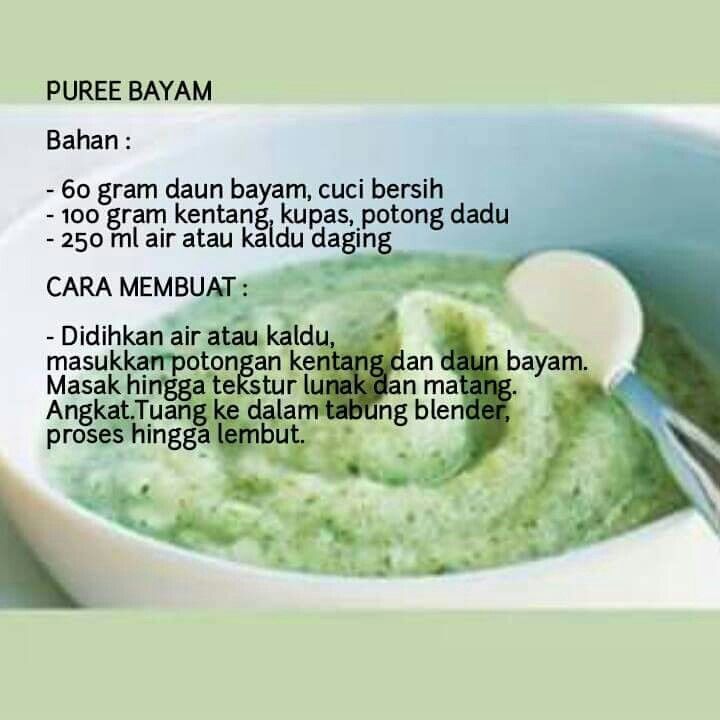 These rules must be observed, even if they differ from the rules for storing similar products from other manufacturers. If there is no detailed instruction, use the following recommendations.
These rules must be observed, even if they differ from the rules for storing similar products from other manufacturers. If there is no detailed instruction, use the following recommendations.
Once again, we remind you that even unopened packaging must be stored in a dark, cool place. At temperatures above +25°C, products may deteriorate even in their original packaging.
Porridges for dilution:
- The main enemy of dry mixes and porridges is moisture. Therefore, always make sure that the spoon for the porridge set is absolutely dry, and the bag itself is tightly closed after use;
- Try to let out as much excess air as possible before closing, so that moisture from it is not absorbed into the product;
- Keep the opened bag of porridge in a dry place at room temperature. There is no need to store cereals in the refrigerator, they quickly become damp and spoil there;
- Ready diluted porridge can be stored for no more than an hour or two.
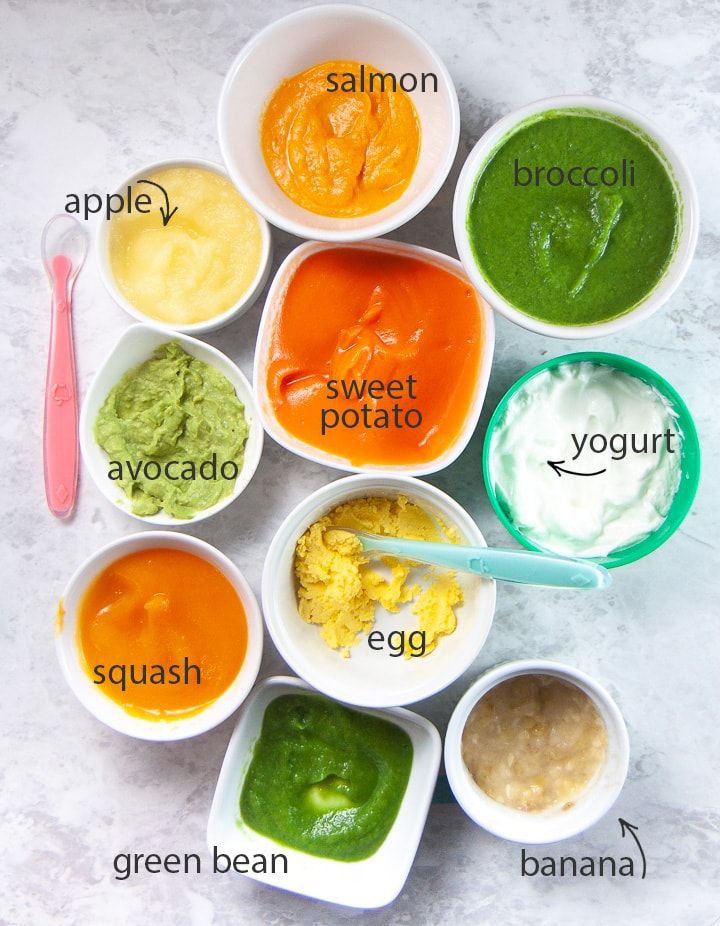 An opened package can be stored for 2-3 weeks (see manufacturer's instructions). But if after a few days you notice that the powder has become damp, lumps are noticeable in it - throw it away. Even if the product looks normal, but was opened more than three weeks ago, it is dangerous to feed it to a child. You can use leftovers in adult homemade cakes.
An opened package can be stored for 2-3 weeks (see manufacturer's instructions). But if after a few days you notice that the powder has become damp, lumps are noticeable in it - throw it away. Even if the product looks normal, but was opened more than three weeks ago, it is dangerous to feed it to a child. You can use leftovers in adult homemade cakes.
Choose cereals for your baby
Industrial purees
An unopened can can be stored at room temperature in a dark place. An opened jar of fruit and vegetable puree will live in the refrigerator for no more than a day, and only if you follow simple rules.
Select baby puree
Do not bottle feed your baby. Put the desired portion with a clean spoon into a separate container, close the jar with the rest and put it in the refrigerator. Reheat reserved food if needed. You don't need to heat the whole jar.
If you fed your baby directly from a jar, the shelf life of such puree is only a few hours even in the refrigerator, since the baby's saliva and bacteria got into the food on the spoon.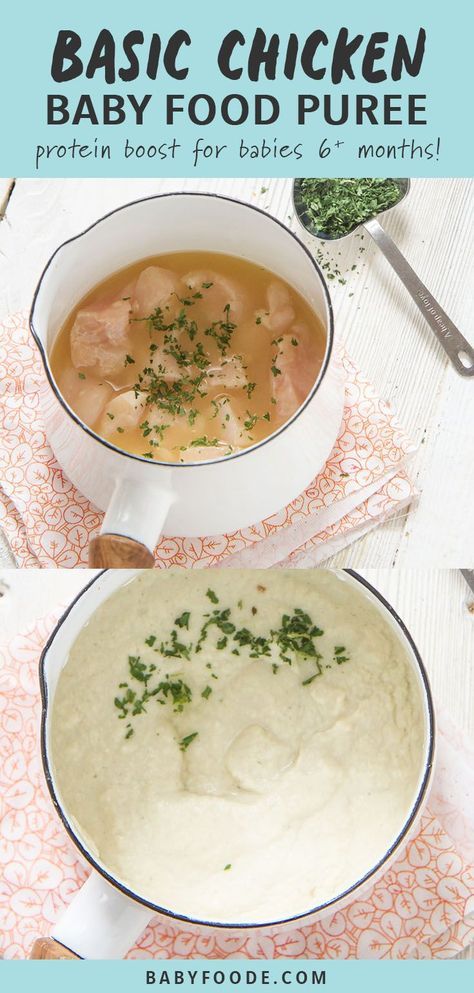
Important!
The shelf life of meat puree after opening is only 24 hours, subject to the same rules. If you bought puree in a metal package, be sure to transfer it to a clean, dry jar and close the lid. It is undesirable to store opened puree in its original packaging and it is recommended to use it immediately. Closed - store in accordance with the manufacturer's instructions.
Homemade cereals
Same rules as for diluted cereals. In the process of cooking, the porridge is ground with a blender and rubbed through a sieve. At this time, microorganisms get into the porridge from the air, so you can’t store such porridge for a long time.
Home-made puree
It is possible to increase the shelf life if the finished puree is poured into small sterilized containers, covered with cling film and immediately put in the freezer. At -18°C, this puree can be stored for up to three months.
Important!
The finished product is stored in the refrigerator for no more than 6 hours, as bacteria have probably got into it during cooking.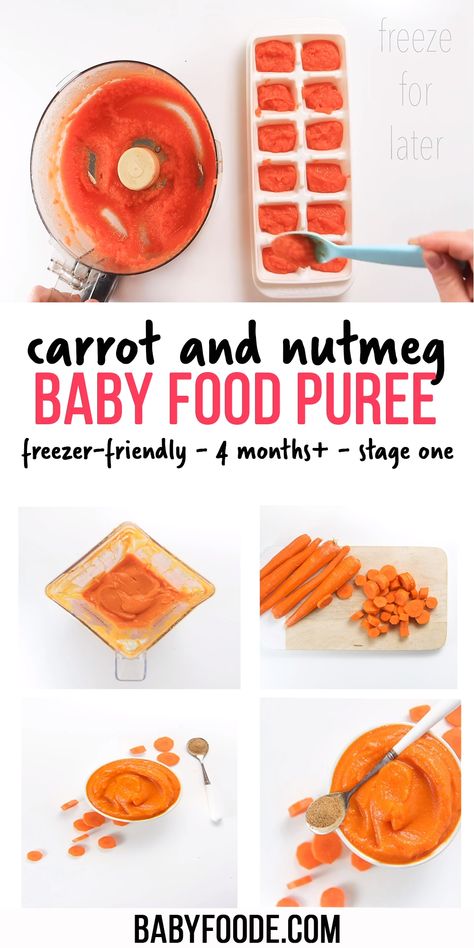 It is impossible to freeze starchy puree (with potatoes, peas), as starch is destroyed during freezing.
It is impossible to freeze starchy puree (with potatoes, peas), as starch is destroyed during freezing.
Homemade fermented milk products
Made only from sterilized milk in a thermostat with sterility can be stored in the refrigerator for up to three days. Mixed with fruits or juices, as well as additionally rubbed or otherwise in contact with air, they cannot be stored, they must be eaten immediately after preparation.
If the conditions for storing food for the baby are observed, his health will not be affected.
Storage of baby food: terms and requirements for the storage of baby food
Glinskikh Elena
Published: 01/15/2023
Reading time:
271
All parents want to see their baby cheerful, active and healthy. The harmonious development of the child largely depends on the correct and high-quality diet.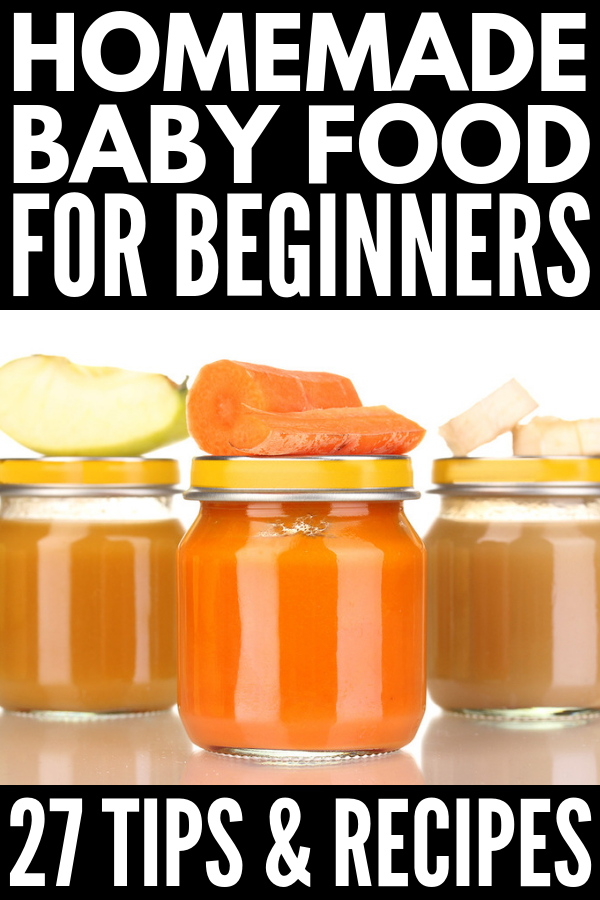 The market for special baby food is striking in its diversity, and everyone strives to choose the best for the child. But for the safety of the baby and its full development, it is not enough to buy high-quality products. You also need to know how to properly store baby food.
The market for special baby food is striking in its diversity, and everyone strives to choose the best for the child. But for the safety of the baby and its full development, it is not enough to buy high-quality products. You also need to know how to properly store baby food.
The importance of proper storage of baby food
All children need warmth, care and attention. But the child is gradually growing, while he needs to eat varied. And here the question arises: is it possible to save the cooked product until the next feeding? Here it is important to pay attention to the fact that the child's immune system is not yet strong enough, so the storage of baby food should be given special attention. The well-being and health of the baby often depends on the conditions in which and how long they are kept.
On the safety of baby food
In the Russian Federation there is a whole regulation on the safety of food for children - that's what it is called.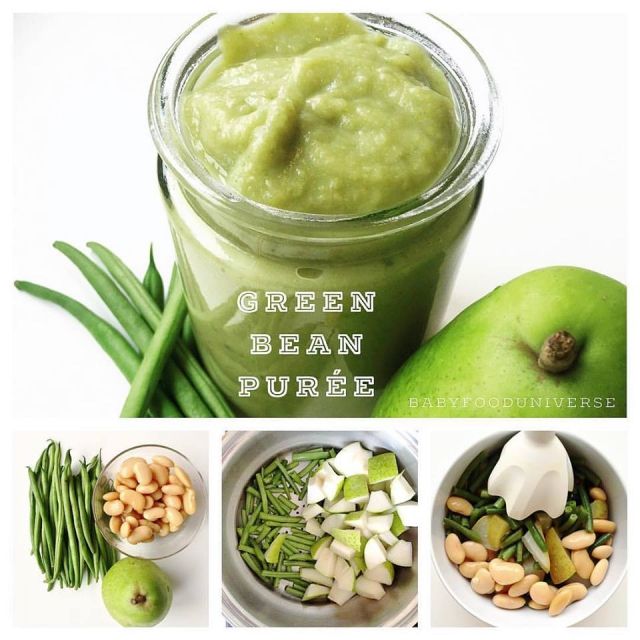 This document sets out requirements for manufacturers and sellers of children's products related to the protection of children from toxic and chemical substances. This applies not only to baby food produced in our country, but also imported from abroad. That is why when buying infant formula, porridge, puree or other product, you can be sure of its quality and safety. The regulation requires not only the correct production, but also the packaging, storage and disposal of baby food:
This document sets out requirements for manufacturers and sellers of children's products related to the protection of children from toxic and chemical substances. This applies not only to baby food produced in our country, but also imported from abroad. That is why when buying infant formula, porridge, puree or other product, you can be sure of its quality and safety. The regulation requires not only the correct production, but also the packaging, storage and disposal of baby food:
- Children's products are sold only through special stores or dedicated departments of supermarkets (therefore, it is better to buy them there or at least in a pharmacy).
- Expiration dates are set by the manufacturer, who is fully responsible for the quality of his product.
- Transportation of baby food is carried out in accordance with the requirements of the technical regulations for the transportation of any products.
At the same time, when producing baby food, a number of conditions must be observed:
- Do not use curd products with high acidity.
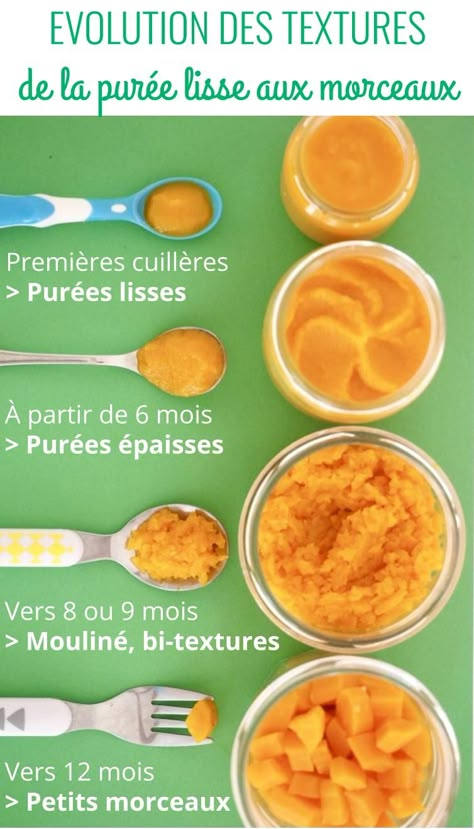
- Do not add soy flour or grains contaminated with impurities.
- No offal, except tongue, liver, heart and blood.
- Do not include in baby food beef with a fat content of more than 12%, pork - 32%, lamb - 9%.
- Do not use salted butter or products with a fat content below 82%*.
For a complete list of products prohibited in the production of baby food, you can follow the link attached to the article.
Rules for storing different types of food
Undoubtedly, breast milk is the most valuable and beneficial for a child. But there are situations when a mother needs to leave the house and she expresses milk in order to feed the baby on time. In addition, the child grows, over time he needs complementary foods. Expressed breast milk, formula-fed infant formula and complementary foods require a special approach, and it is very important to know the conditions and shelf life of baby food.
How long can open packages of infant formula and cereals be kept?
Opened jars (packages) of fruit, vegetable and meat puree should be stored in the refrigerator only.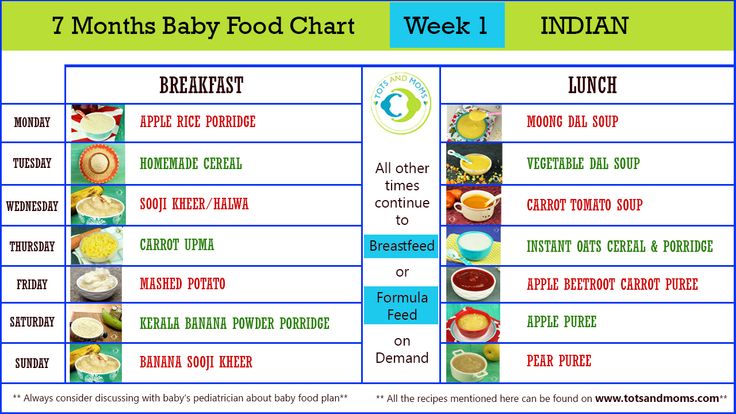 And after opening the package, you can eat only within 12 hours **. After the expiration date or 12 hours after opening the package, the product must be disposed of, since it can no longer be eaten. Yes, not only for children, but also for adults.
And after opening the package, you can eat only within 12 hours **. After the expiration date or 12 hours after opening the package, the product must be disposed of, since it can no longer be eaten. Yes, not only for children, but also for adults.
Many people are also wondering how long homemade baby food, such as freshly prepared vegetable or fruit purees and juices, can be stored. There are two main options to use immediately after preparation (the best) or freeze. Such a product will also be suitable for eating for 12 hours, after which it will begin to deteriorate. Frozen fruits and vegetables can be stored in the freezer for up to six months, depending on the culture. However, even frozen products have expiration dates, after which it would be wiser to throw them away than eat them.
General storage rules
A huge variety and affordable cost of products greatly facilitate the worries of preparing complementary foods for children. But along with this, many parents face another problem: where to store baby food? So that the products do not lose their qualities from the influence of external factors, the following basic rules must be observed.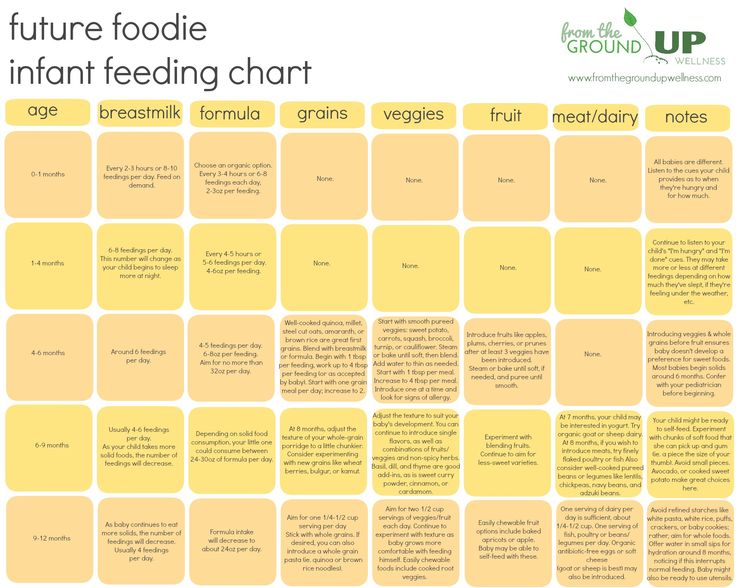
- Hygiene. Be sure to wash your hands thoroughly before preparing food and feeding your baby. The child's dishes should always be clean and stored separately in sterile conditions.
- Storage location. Dry cereals and mixtures should be stored in a ventilated cupboard out of the reach of children. In caring for a baby, mothers are loaded with various problems and worries. It is difficult for them to remember everything, so it is recommended to stick a label on each product with the date of its opening. This will help you meet the deadlines.
- When feeding a child with vegetable and fruit juices, puree or sour-milk products in jars, it should be remembered that after the integrity of the package, the use of its contents is allowed on average up to 12 - 24 hours. Different manufacturers may have different terms, read carefully what is written on the label! Be sure to ensure that the integrity of the packaging has not been violated even in the store.
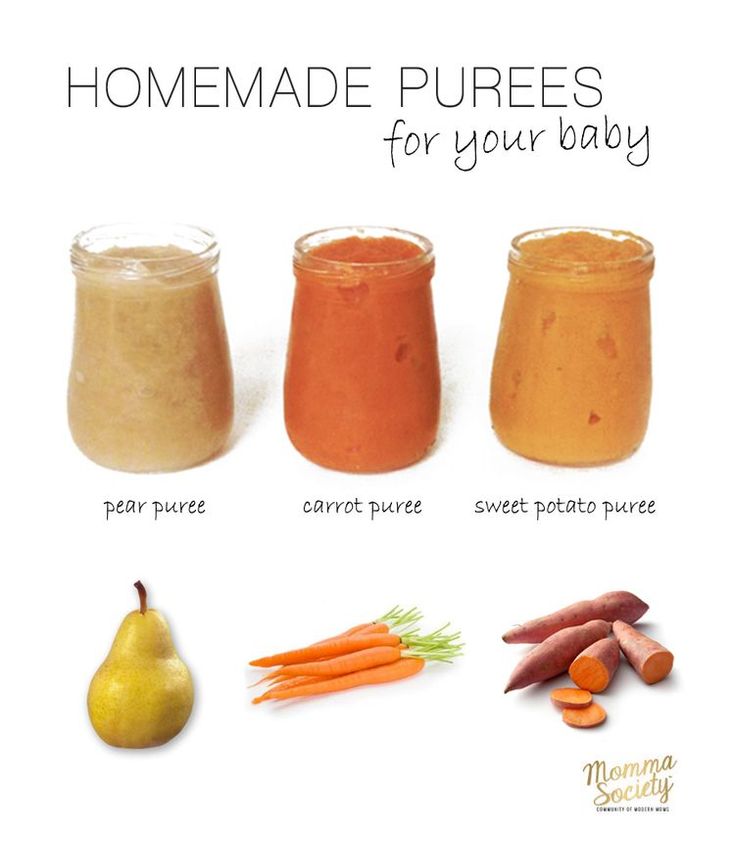 Most manufacturers on the jars have a special protection against opening. Fresh puree in jars emits a characteristic “pop” when opened, juices must have either a protective foil film or a special opening mechanism. Unopened jars of juices and purees can be stored in the cupboard, while dairy products should only be kept in the refrigerator.
Most manufacturers on the jars have a special protection against opening. Fresh puree in jars emits a characteristic “pop” when opened, juices must have either a protective foil film or a special opening mechanism. Unopened jars of juices and purees can be stored in the cupboard, while dairy products should only be kept in the refrigerator. - Containers for storing baby food can be glass or plastic, but must be labeled accordingly, indicating the absence of toxic impurities in the composition of the material.
Food for a child is a source of energy and a guarantee of full growth and development. Therefore, it is very important not only to buy quality products, but also to learn how to properly store them. The health and well-being of the baby, the resistance of his body to the adverse effects of the external environment often depend on this.
*FZ Technical regulation "On the safety of baby food"
**Hygienic requirements for the shelf life and storage conditions of food products.

